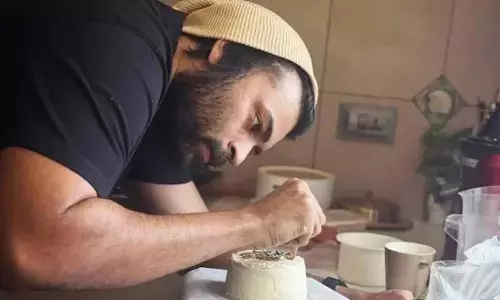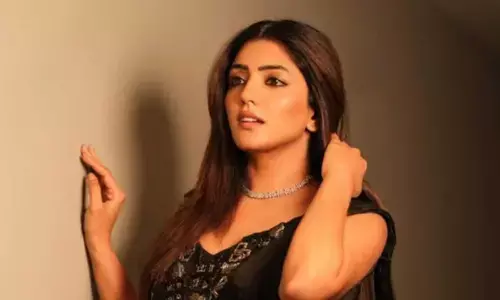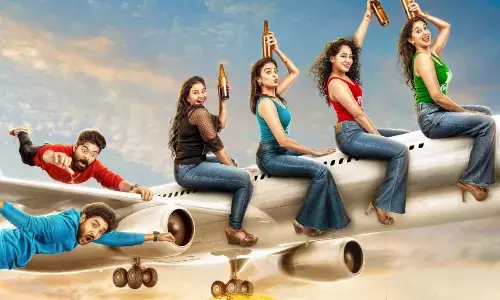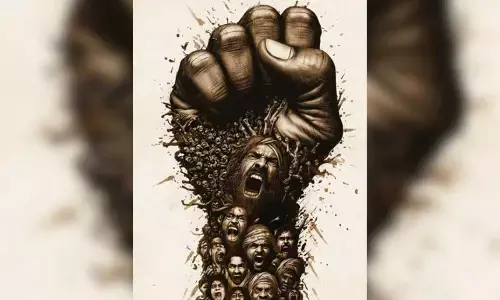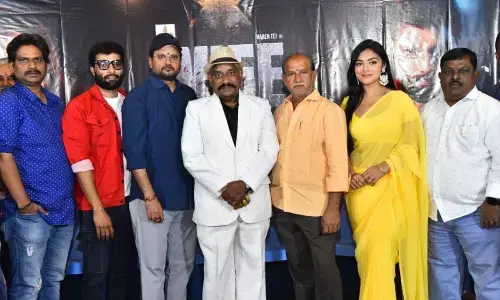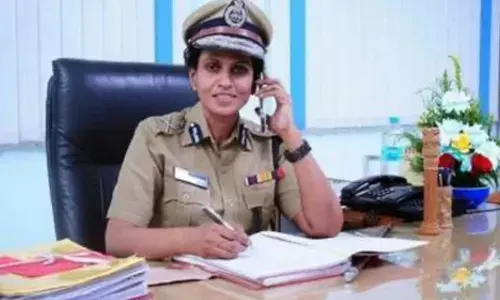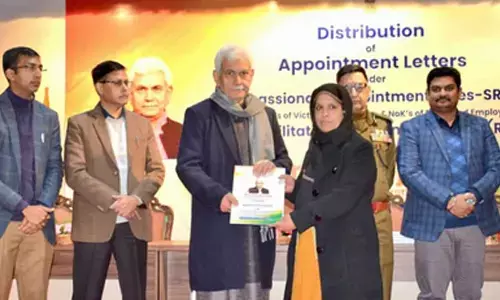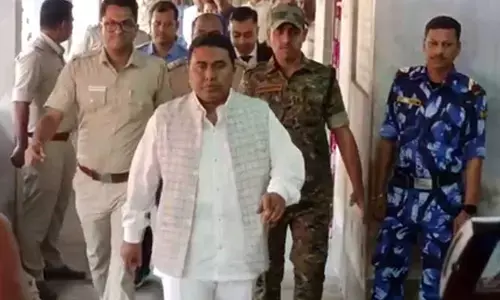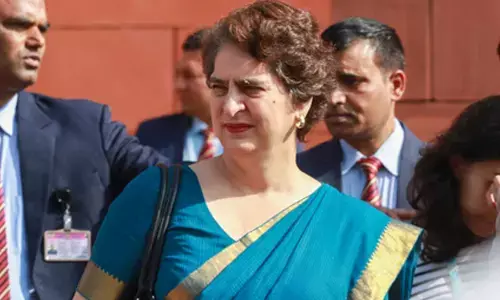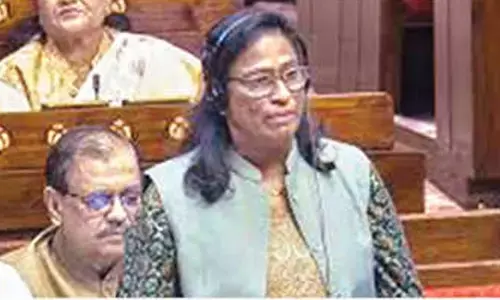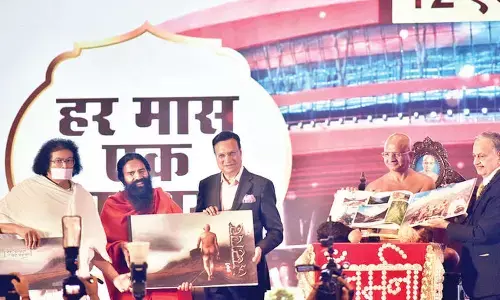Sumptuous feast after fast
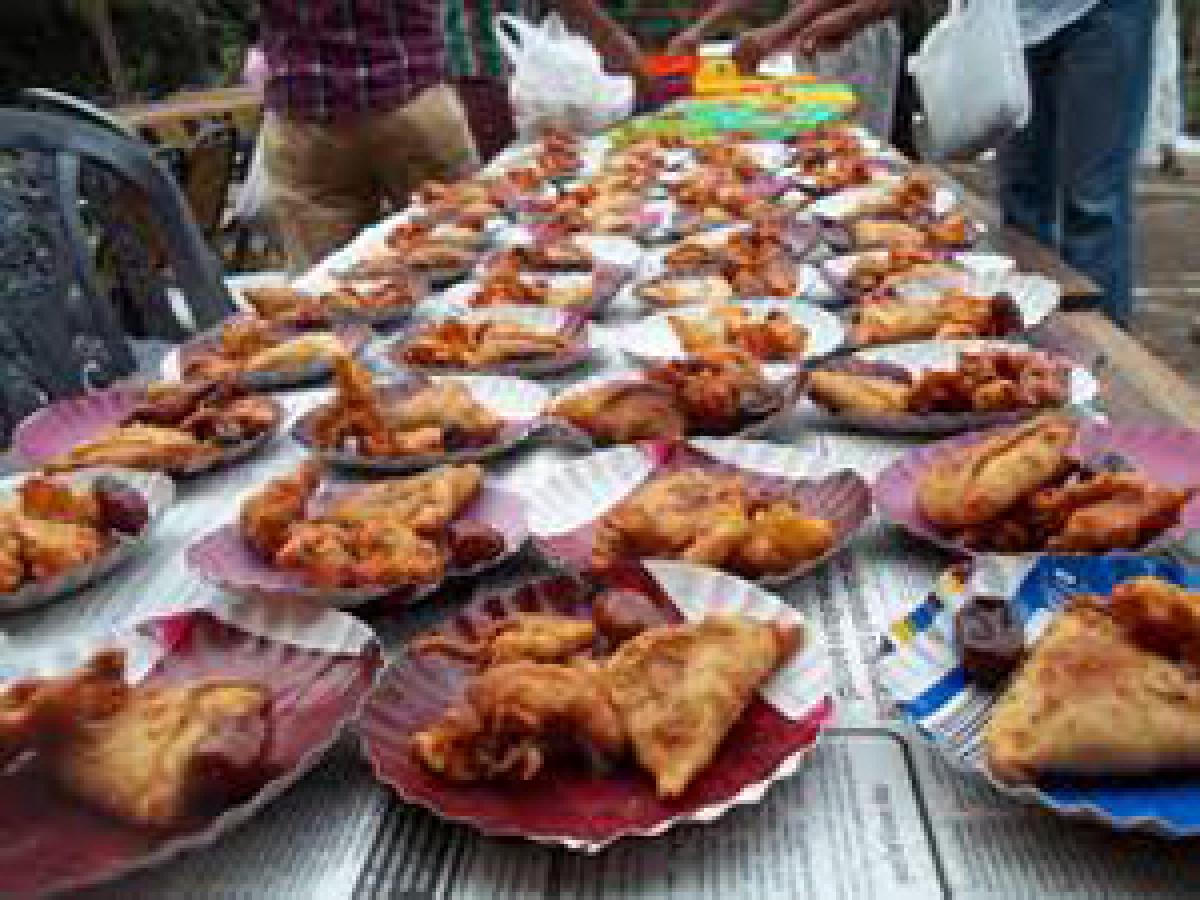
Sumptuous feast after fast. For the second consecutive year, a few iftar parties are being hosted by New Delhi’s political class, reflecting the changed ethos.
In Ludhiana, Hindus and Sikhs join Muslims in fasting; just the three together celebrate Guru Parab and Diwali. Many norms, customs and practices are common with the rest of Asia. It is difficult to generalise. But talk of iftar, and that, given an invite, is not to be missed
For the second consecutive year, a few iftar parties are being hosted by New Delhi’s political class, reflecting the changed ethos. President Pranab Mukherjee hosted the customary one at Rashtrapati Bhavan on July 2. There is no indication if Prime Minister Narendra Modi will also host one. He had skipped it last year, his first as the Prime Minister.

The Prime Minister has used many occasions to reach out to religious minorities. When not in power, he and Bharatiya Janata Party would term such efforts as “minority appeasement.” He had declined to don the green cap as the Chief Minister and would not be comfortable wearing it even now. His peer Atal Bihari Vajpayee looked distinctly uncomfortable wearing one when he hosted iftars as the PM.
Giving Modi some unsolicited political advice in writing, West Bengal Congress chief Adhir Ranjan Choudhury has said that hosting an iftar would “prevent alienation” from the Muslims. Ram Vilas Paswan, now a minister in Modi’s team, would host iftars earlier. Indeed, most "political iftars" are out this year. A significant addition this year was one hosted by RSS-affiliated Muslim Rashtriya Manch, attended by envoys from some Muslim nations.
Among the ‘secularists,’ a post-Eid dinner is planned by Lalu Prasad and Nitish Kumar, as part of Bihar polls’ bonhomie. Having attended and reported some VVIP iftars, this writer recalls ministers, lawmakers and diplomats mixing with bearded elite donning a variety of headgears – taqiyah or topi, the fez cap, the Afghan wool beret, the kashti (boat), the skullcap and so on – of course, an all-men affair.
Occasionally, the devout, after formally breaking their fast would be looking on helplessly, while others would rush for food. Mufti Mukkarram Ahmed, Shahi Imam of Fatehpuri Masjid, Delhi, says: "I avoid going to these political nautankis (theatre). If I must, I carry my khazoor (dates) to break my fast because you can never be sure of the source of income of those hosting these lavish parties that politicians throw and Islam says that what you eat for iftar must be from halal kamai (honest income)."
Many think a religious occasion should be left that way. Yet, an iftar party remains a good diplomatic gesture. Missions of Muslim countries in New Delhi host iftars, but so do the Americans, British, Israelis and others, perhaps, to match South Asian mood. Of course, unlike diplomatic bashes, it is a no-alcohol affair. Bollywood has its share of iftar gatherings. Ramadan brought together two of the popular Khans – Shah Rukh and Salman – two years back, ending a spat. They were avoiding each other in public.
Congress leader Baba Siddiqui led Salman to Shah Rukh and the two hugged each other – for all of three seconds. The TV reports were longer! The thaw has sustained. This year they will do a film together after 10 years, in a sequel to 1990s blockbuster Karan Arjun. Away from the political, official and glamorous rituals, however, the common man observes it differently, with family, collectively and happily.
Swalath Nagar in Kerala’s Malappuram district prides in hosting what it claims is the world's third-largest congregation of Muslims observing Ramadan. More than 7,00,000 attended this annual gathering last year. The faithful take a pledge, in keeping with the complex times we live in, against terrorism and send out the message of co-existence and moderation. This is but one way Ramadan is observed by India's 160 million Muslims of all denominations, part of a multi-faith democratic society, residing in different regions and speaking a score of languages.
In Ludhiana, Hindus and Sikhs join Muslims in fasting, just the three together celebrate Guru Parab and Diwali. Many norms, customs and practices are common with the rest of Asia. It is difficult to generalize. But talk of iftar, and that, given an invite, is not to be missed. Throughout Ramadan, Delhi, the Old City, always a collage of sights and sounds, is also redolent with the flavours of food. There is total silence as thousands throng the historic Jama Masjid.
After the evening prayers, life takes a different turn. With the illuminated mosque forming the backdrop, entire families break their fast. No marks for guessing that dates are the first thing to have along with water or lemon juice. Then come boiled gram and fried snacks. Hawkers are seen selling mounds of sevaiayan – deep-fried vermicelli and soaked in milk. One can hear kebabs sizzling in one corner, smell succulent pieces of chicken being fried, as the pungent aroma of steaming briyani fills the nostrils.
This is the time to combine light food with some wonderfully rich fare. Many keep off heavy food. Some take less salt because salted food causes thirst. Dinner, generally, is a sumptuous affair. For many not on a fast, this is the time for trying out different kinds of food. Haleem – a delicious dish of mutton, wheat, pulses, onions and spices – is prepared specially for Ramadan. And the famous sutli (thread) kebabs – so called because tender meat is held together with a thread – are to be found on every street.
Seekh kababs, shammi kababs and the tender burra kababs, an Old City speciality, are gobbled up by diners. Go there on a day you are feeling reasonably relaxed, ready for noise and nudges – and are incredibly hungry. In Tamil Nadu and Kerala, Muslims break their fast with nombu kanji, a rich, filling, dish of rice porridge, cooked for hours with meat and vegetables, served with fried snacks like bonda, bajji, and vadai.
Tamil Nadu Chief Minister Jayalalithaa generally announces free supply of rice to help mosques in the preparation of nombu kanji, benefiting 3,000 mosques. The local populace helps in preparing and distributing the gruel. As the name implies, it is a dish rarely cooked outside of Ramadan. Beyond samosas and briyanis, iftar has taken a modern avatar in some cafes in Bangalore, marketing ‘Iftar Kits.’ Vegetarians are served a dish called surkumba which is prepared from milk. For them, an array of preparations is prescribed by www.vegrecipesofindia.com.
Technology has entered the space in a significant way. Writer Feroze Bakht Ahmed bemoans: "In today's iftars we find that tradition has given way to designer decorations and Delhi's glitterati. The purpose of an iftar congregation was basically to serve food to the downtrodden and the deprived. By indulging in iftar diplomacy, politicians make a mockery of Ramadan's otherwise very solemn and dignified rite.” Rightly, he pleads: “It is high time to move from symbolism to realism, from tokenism to service.”










